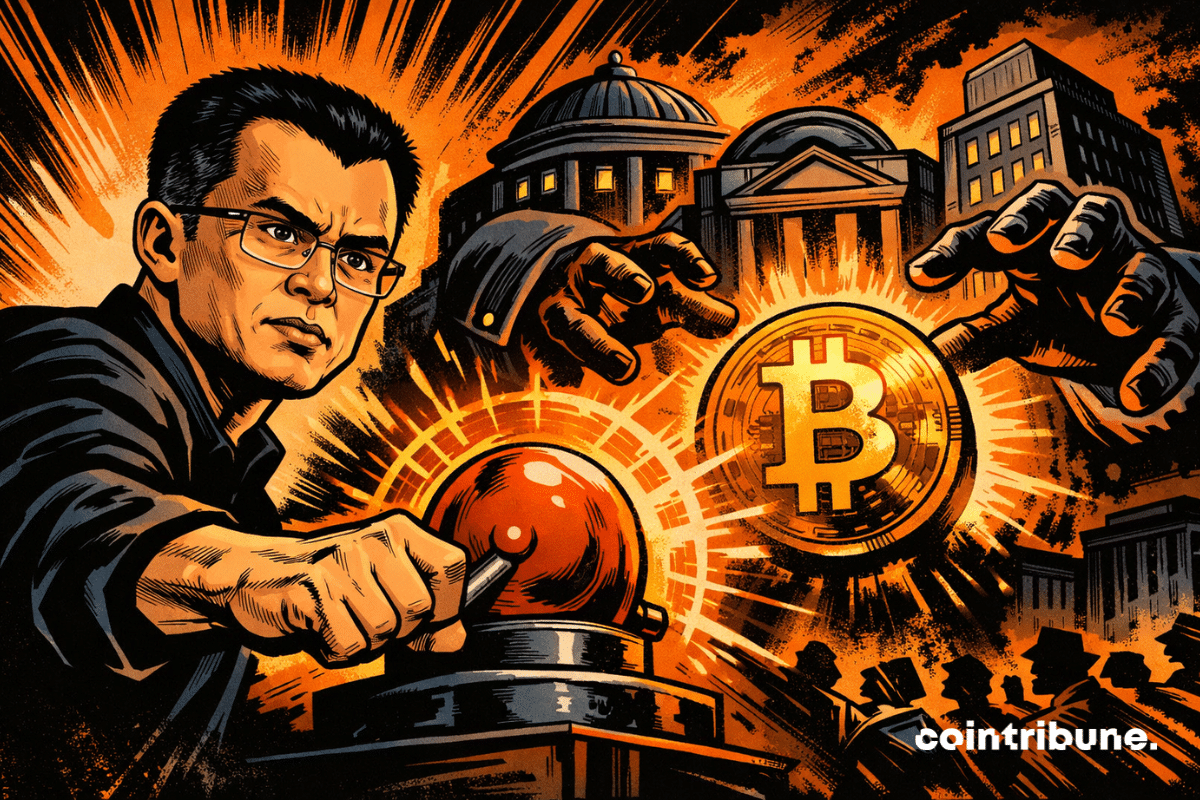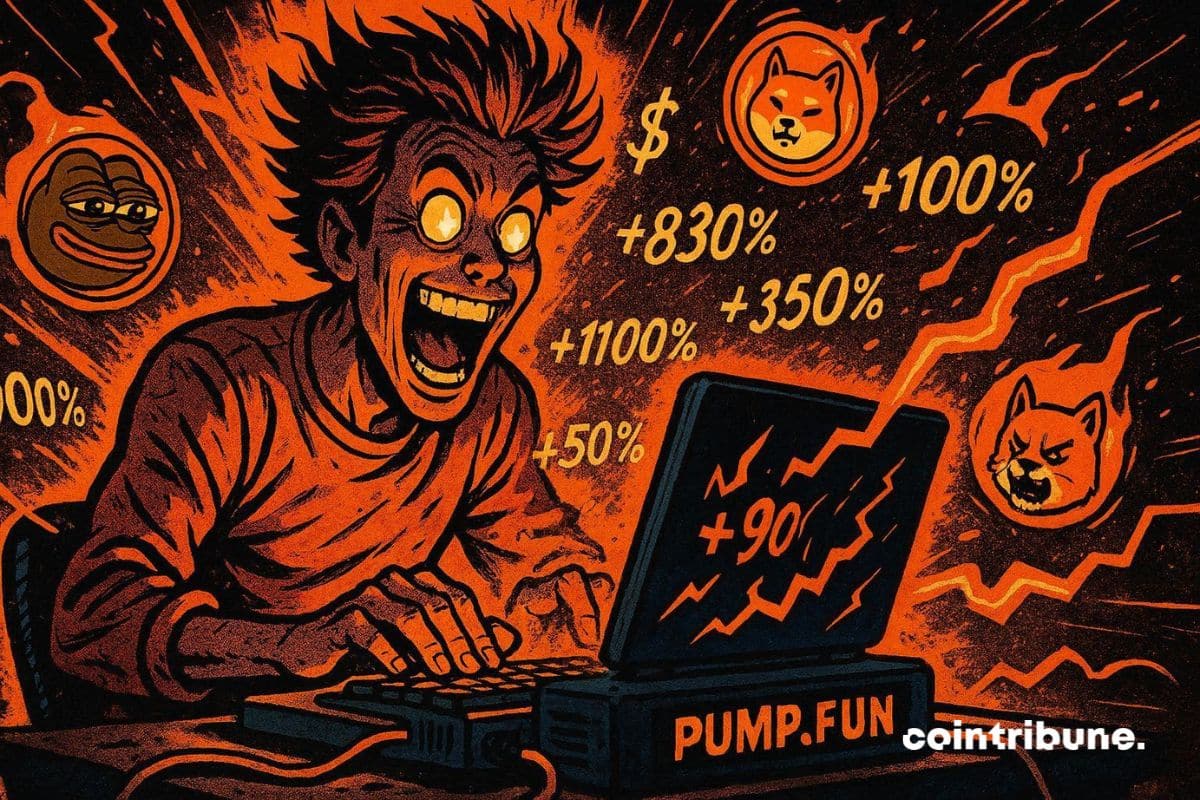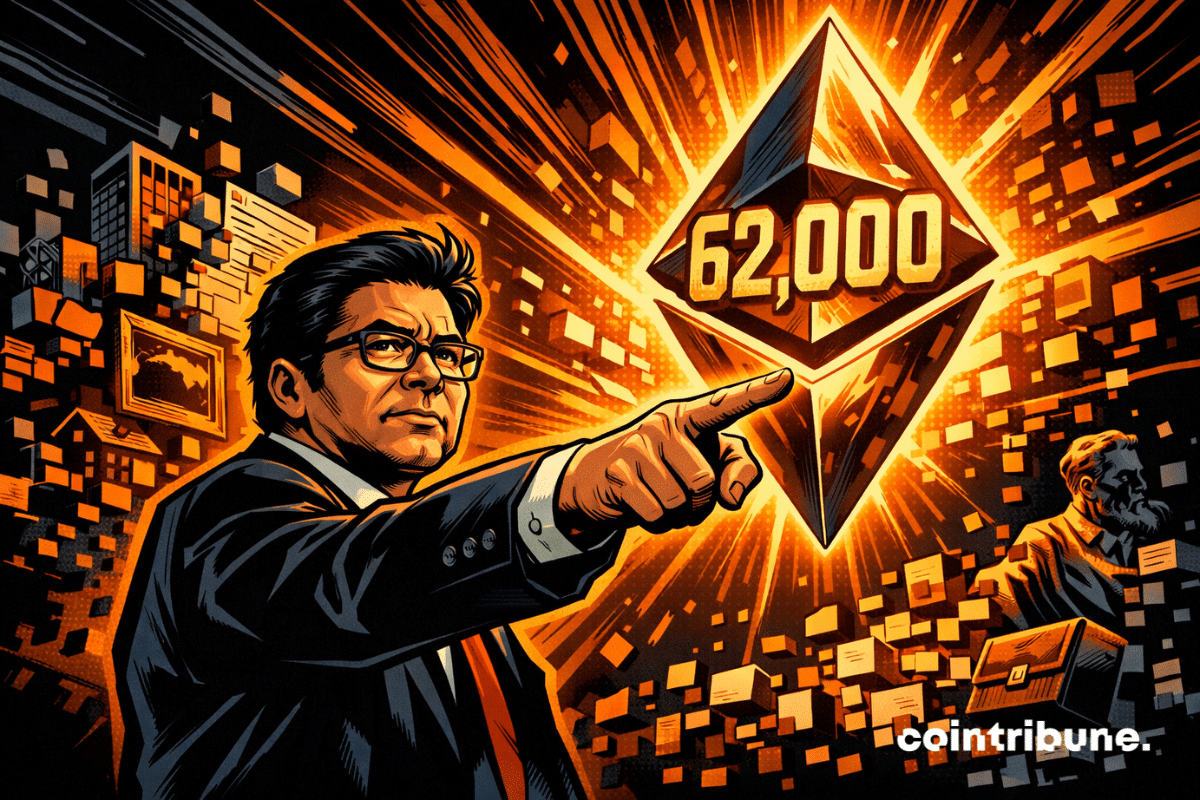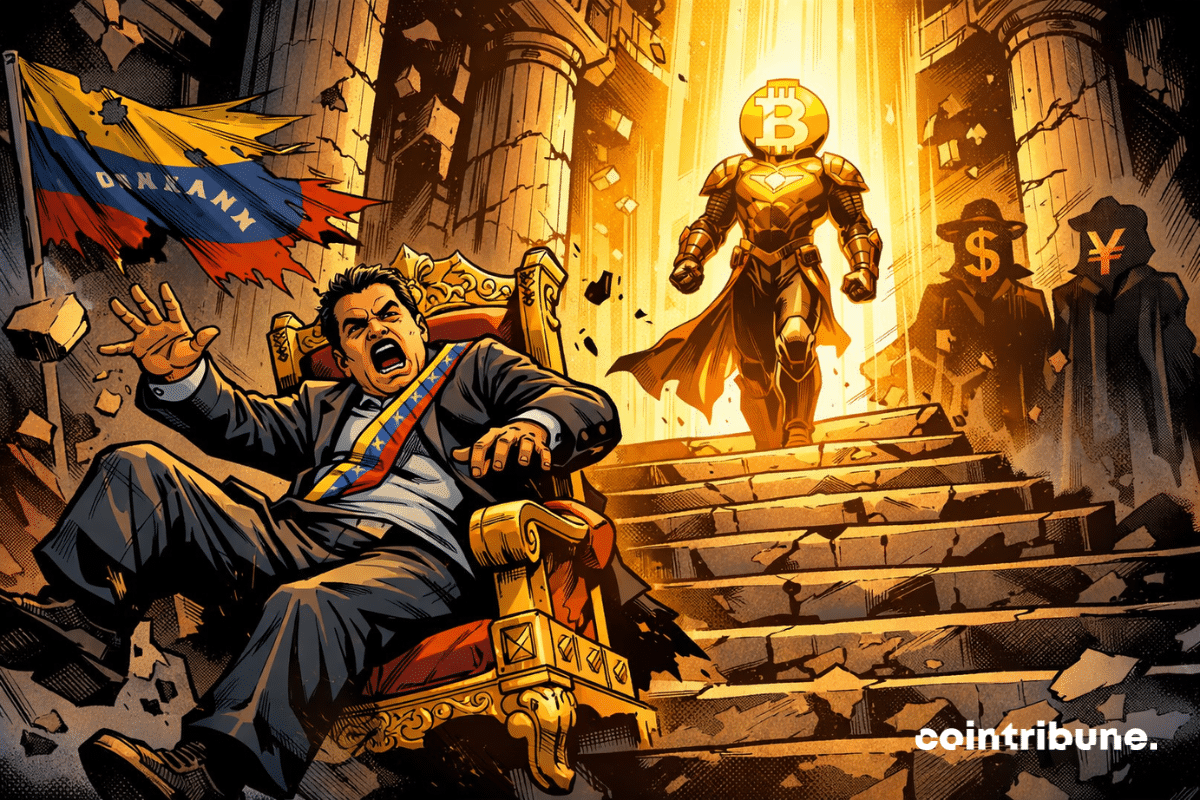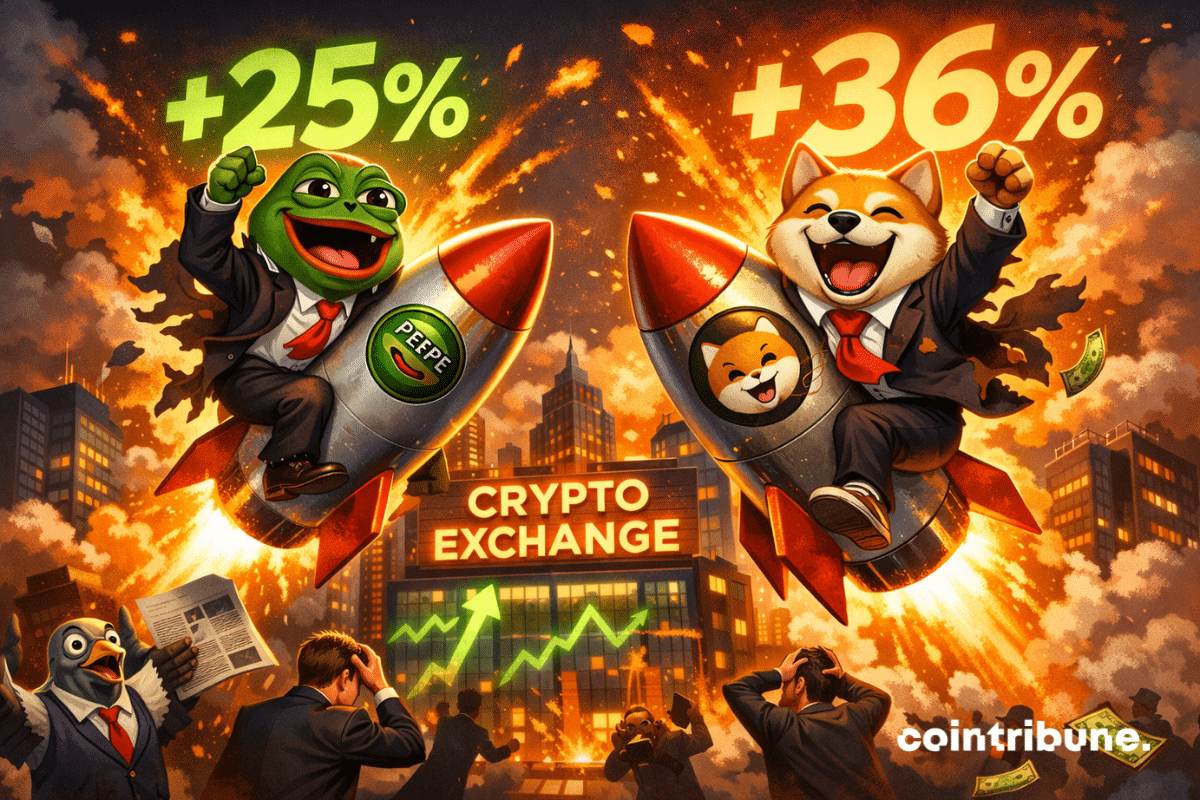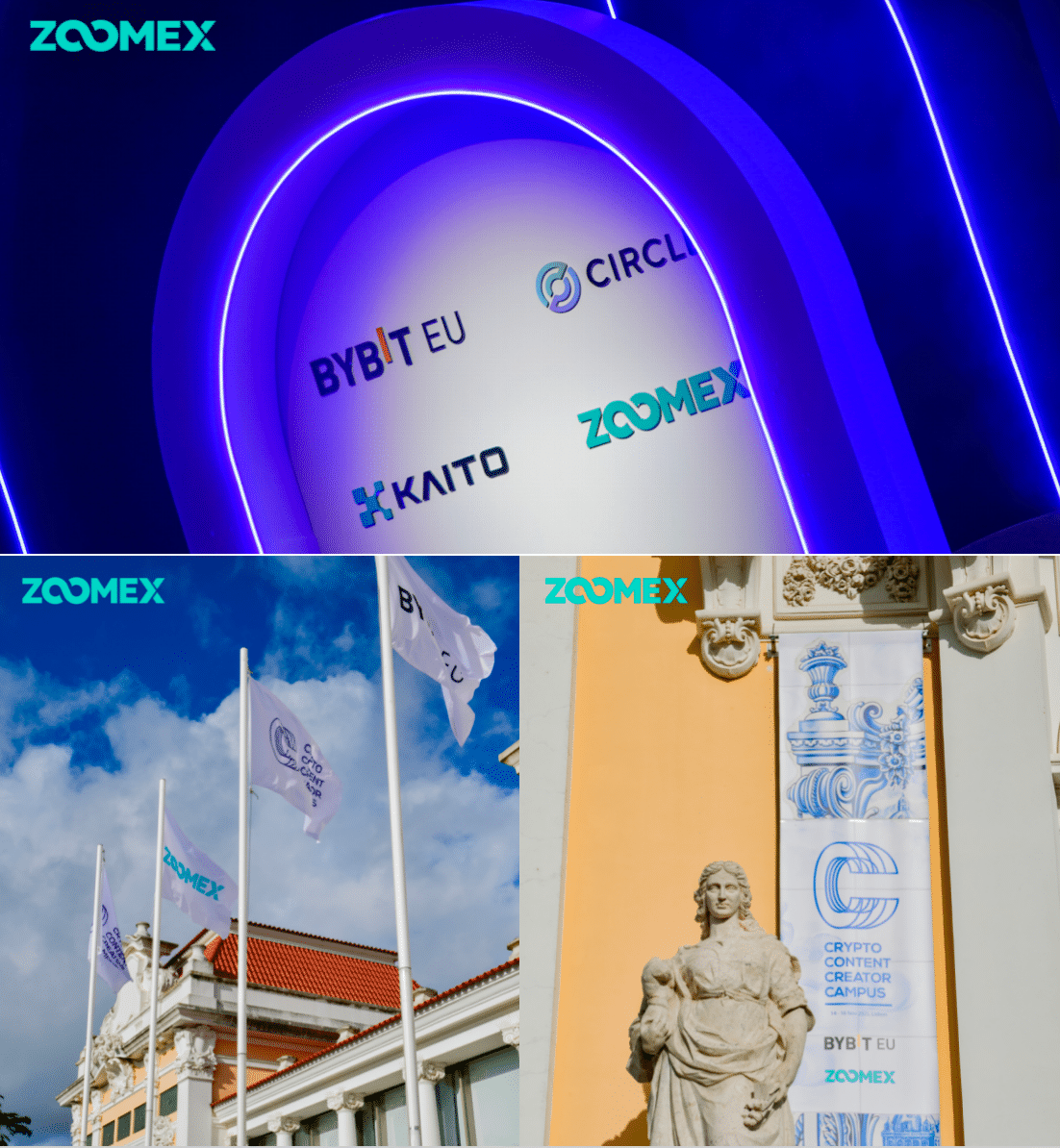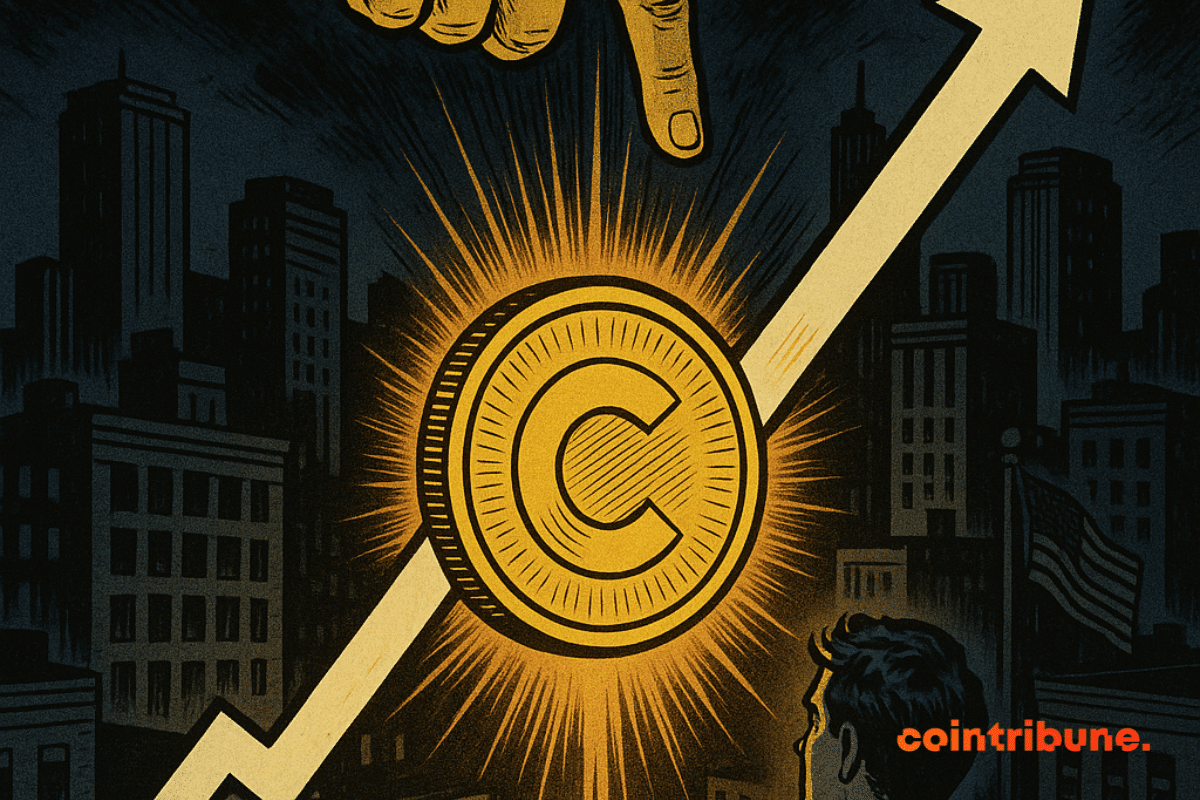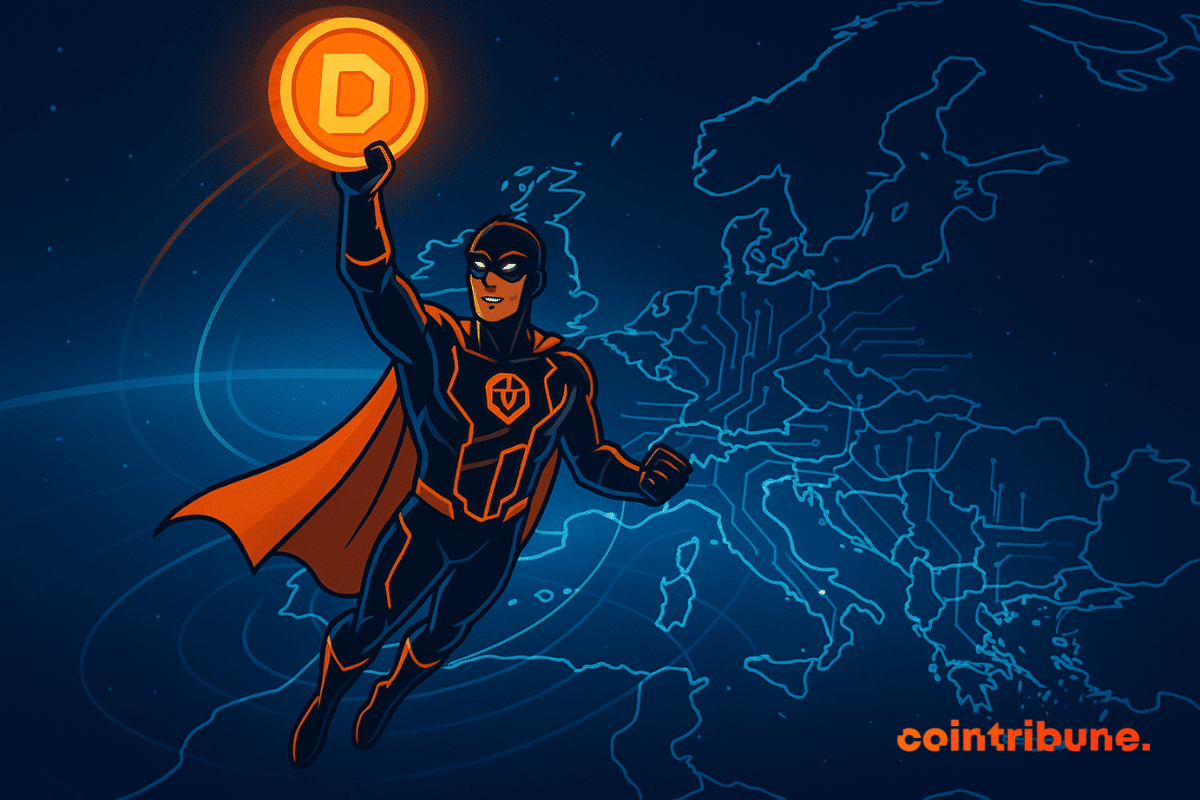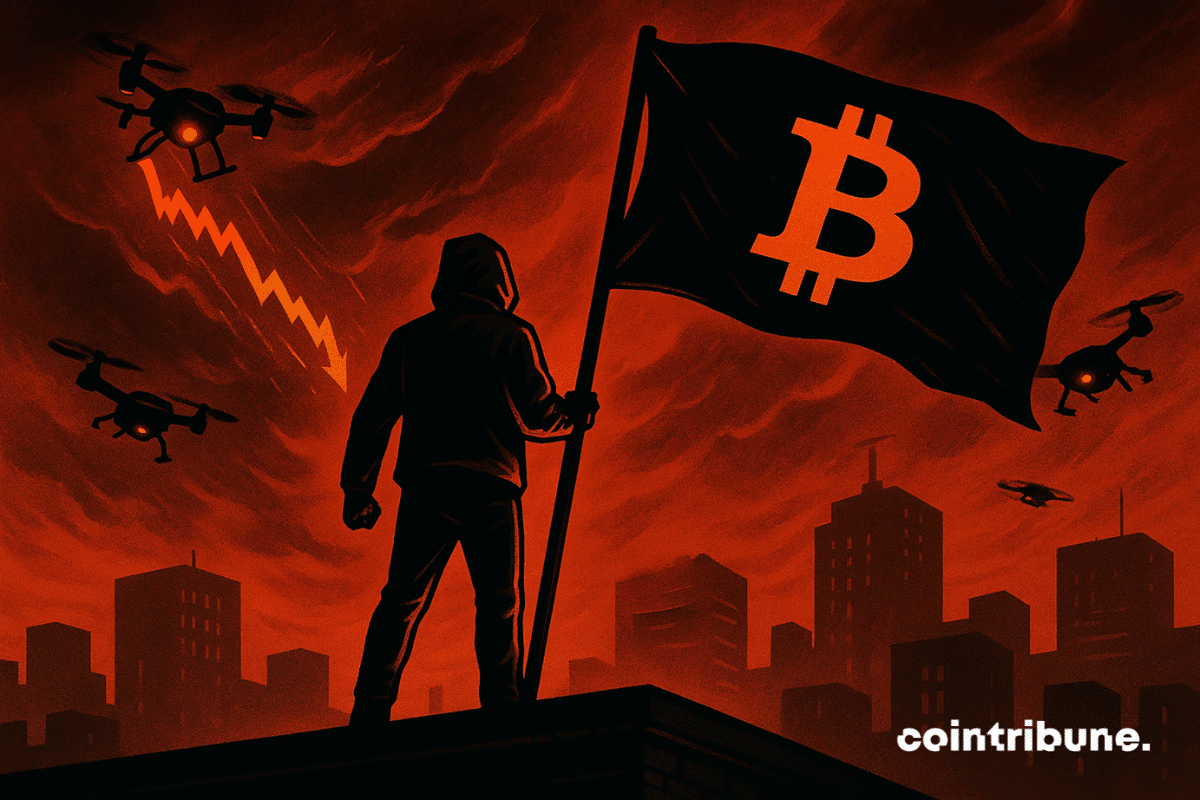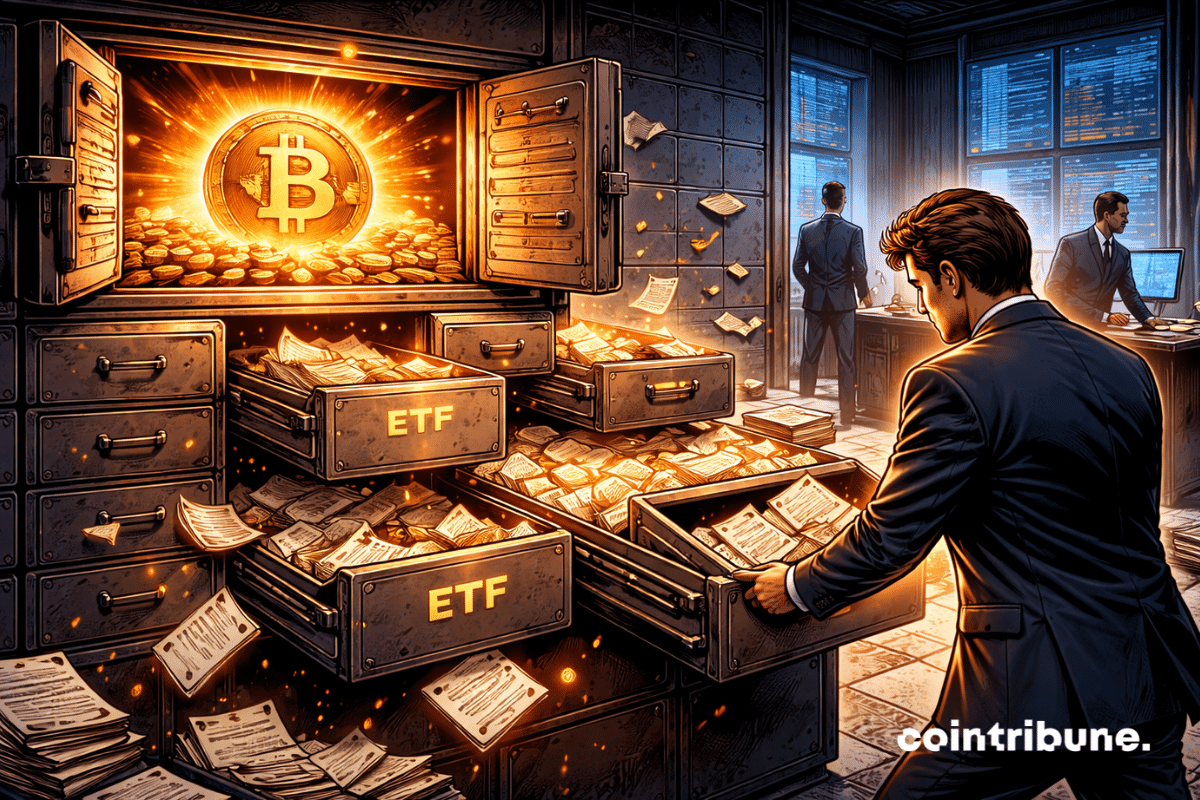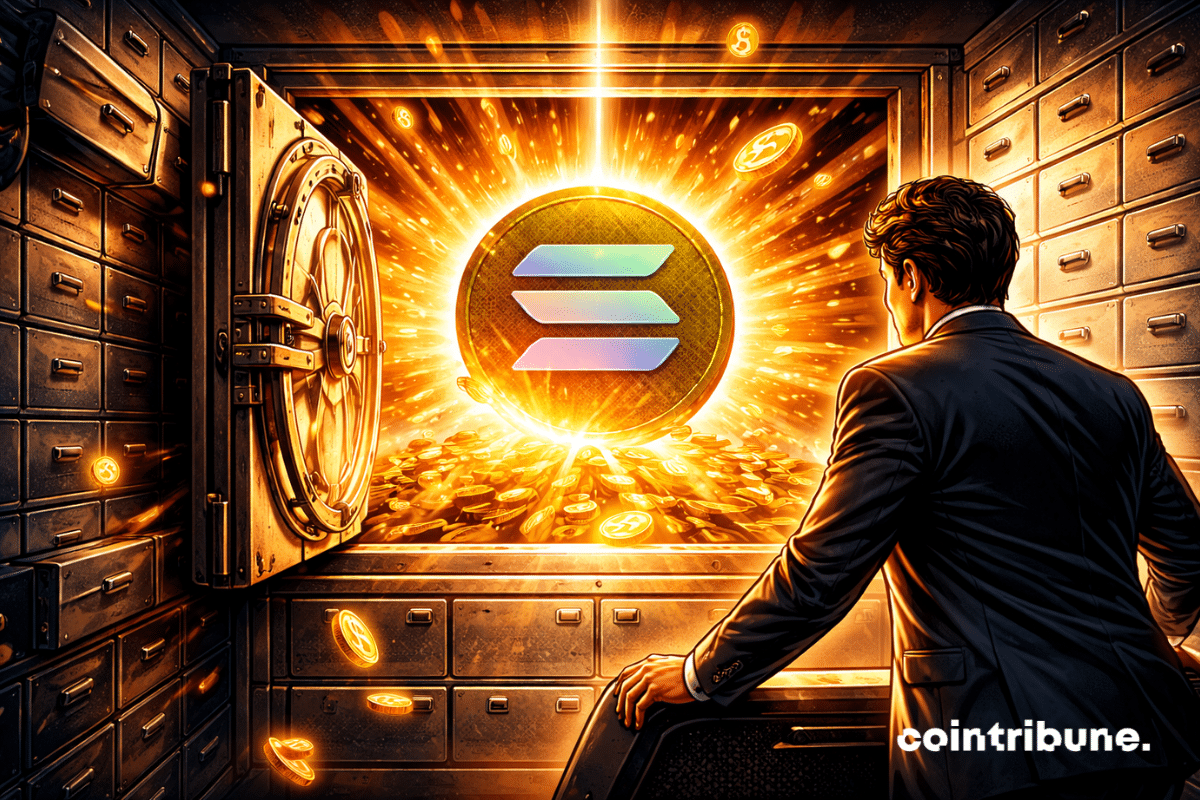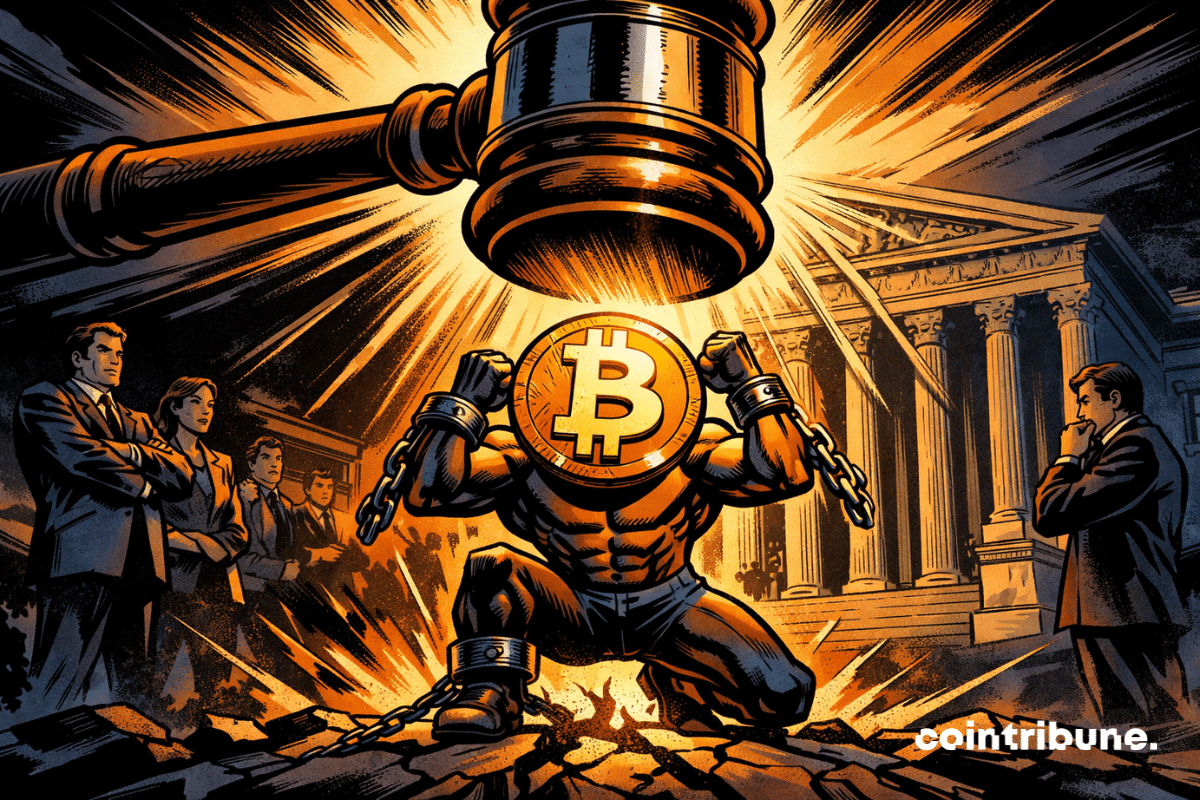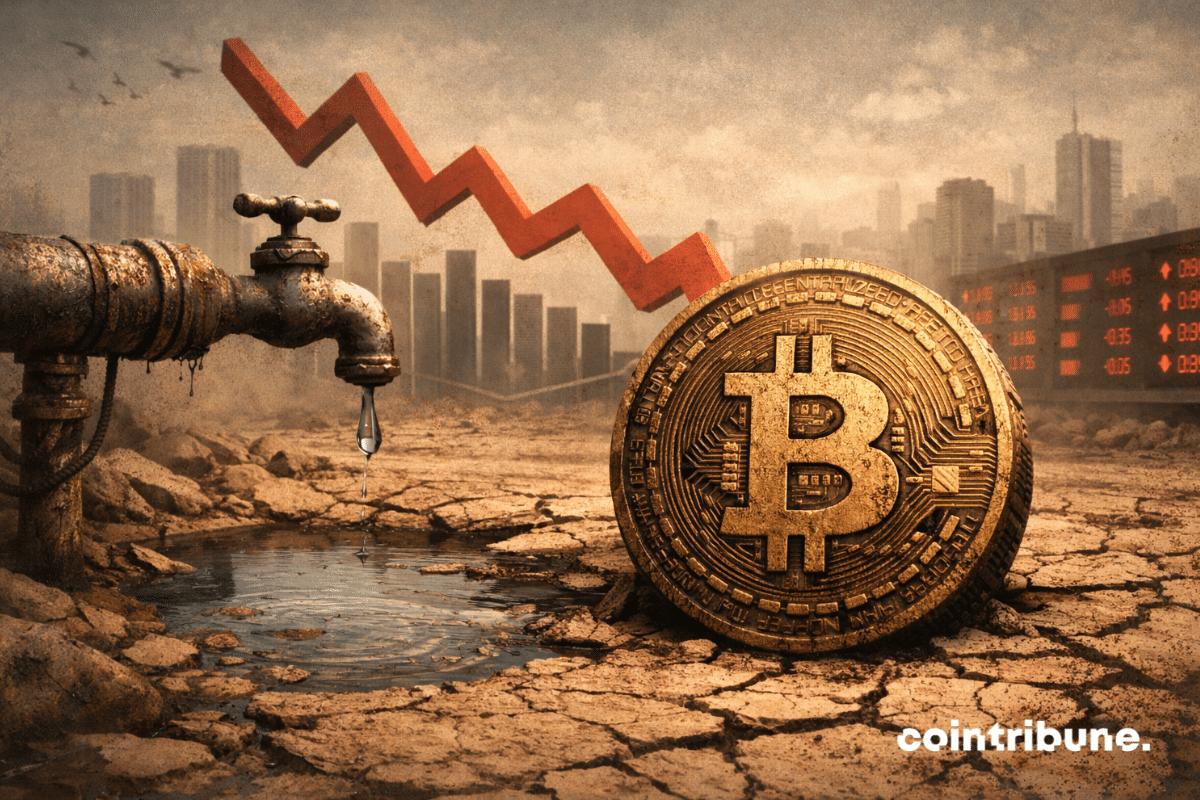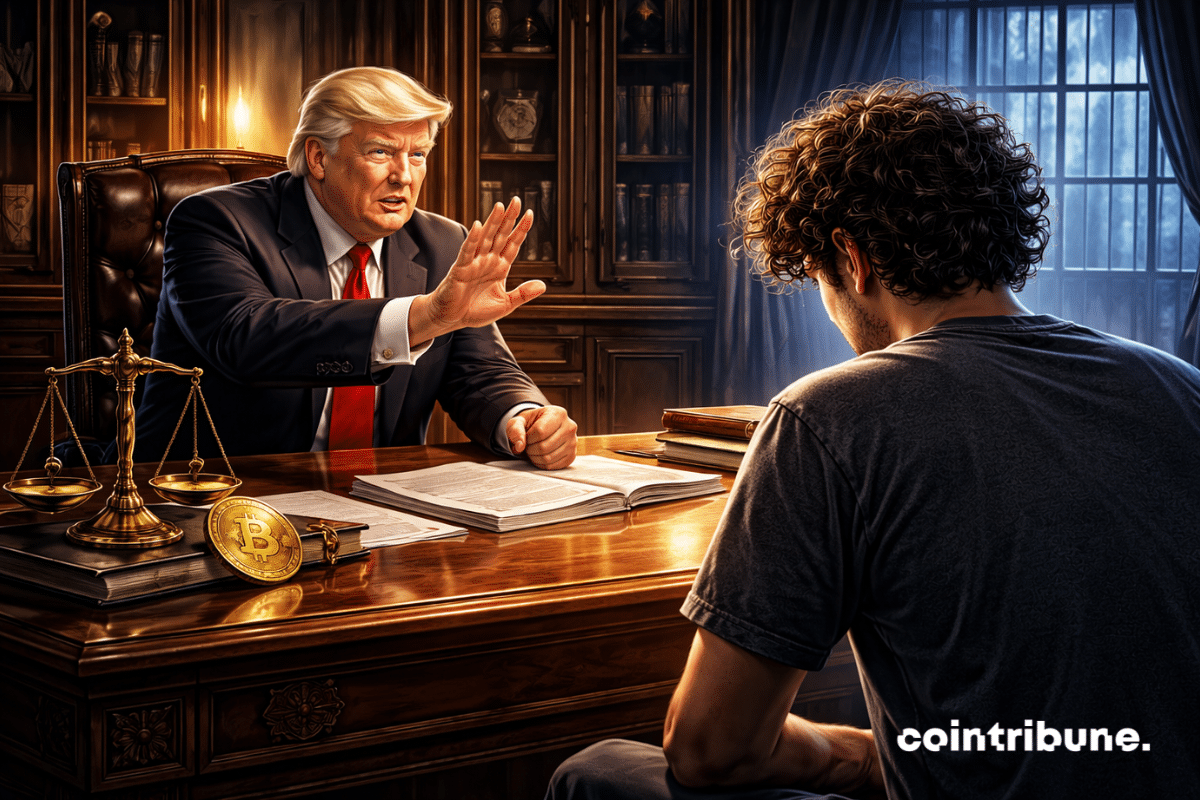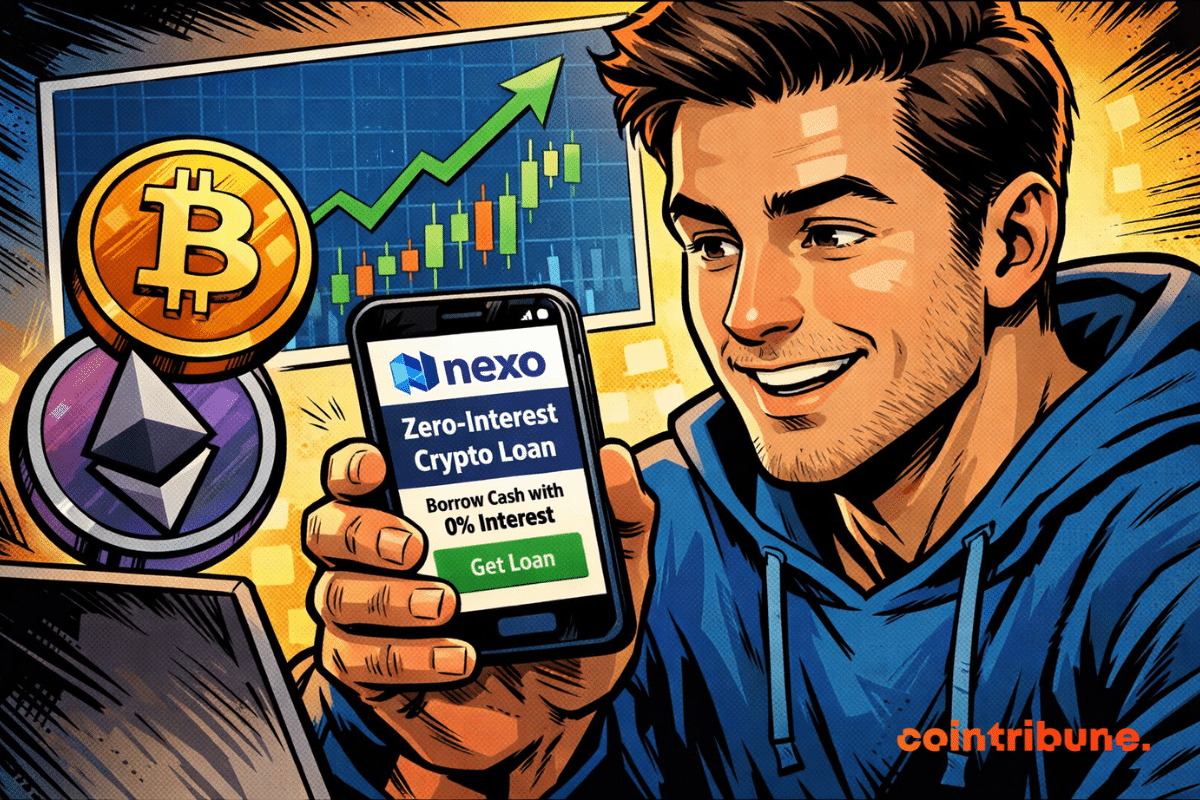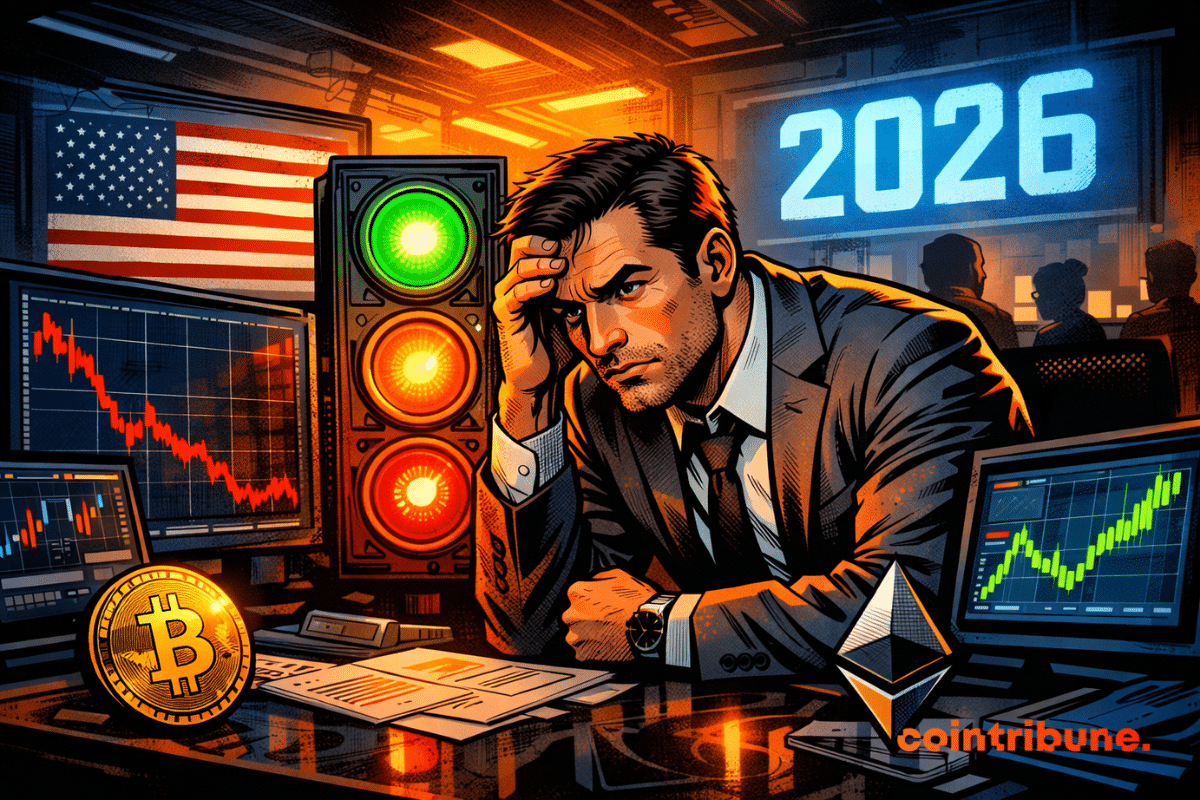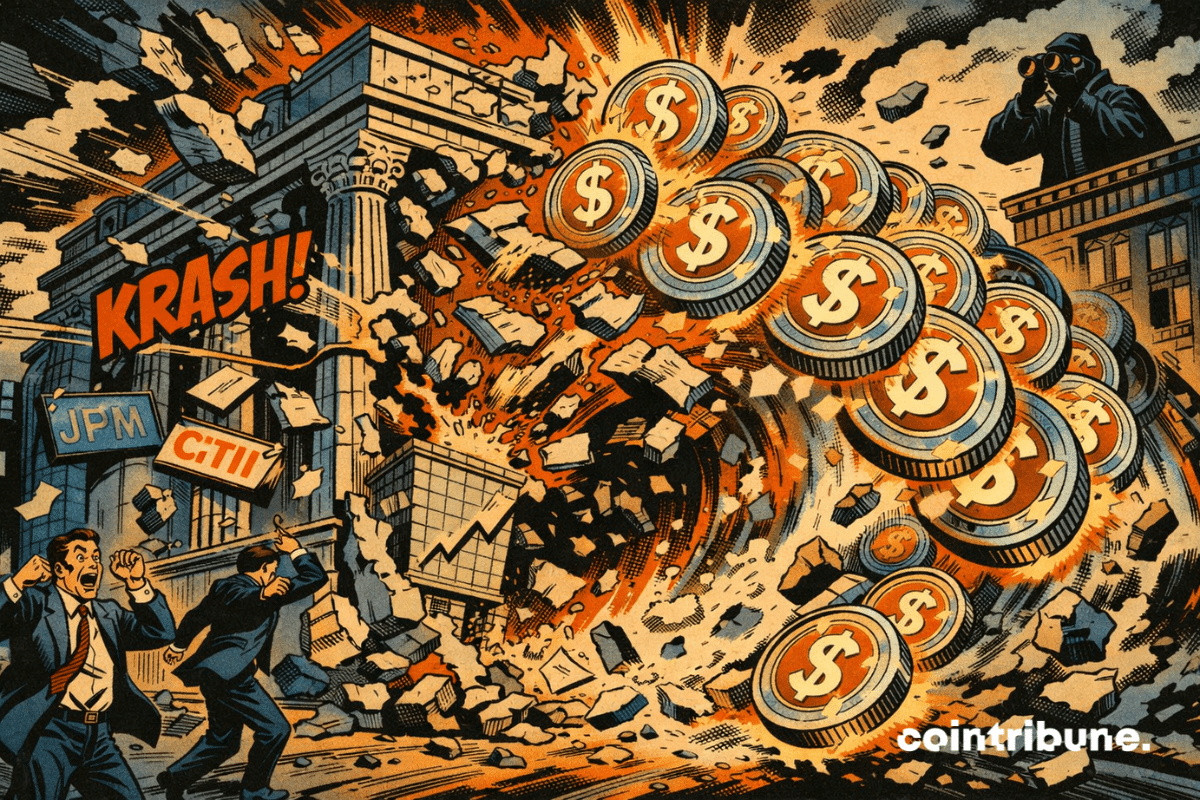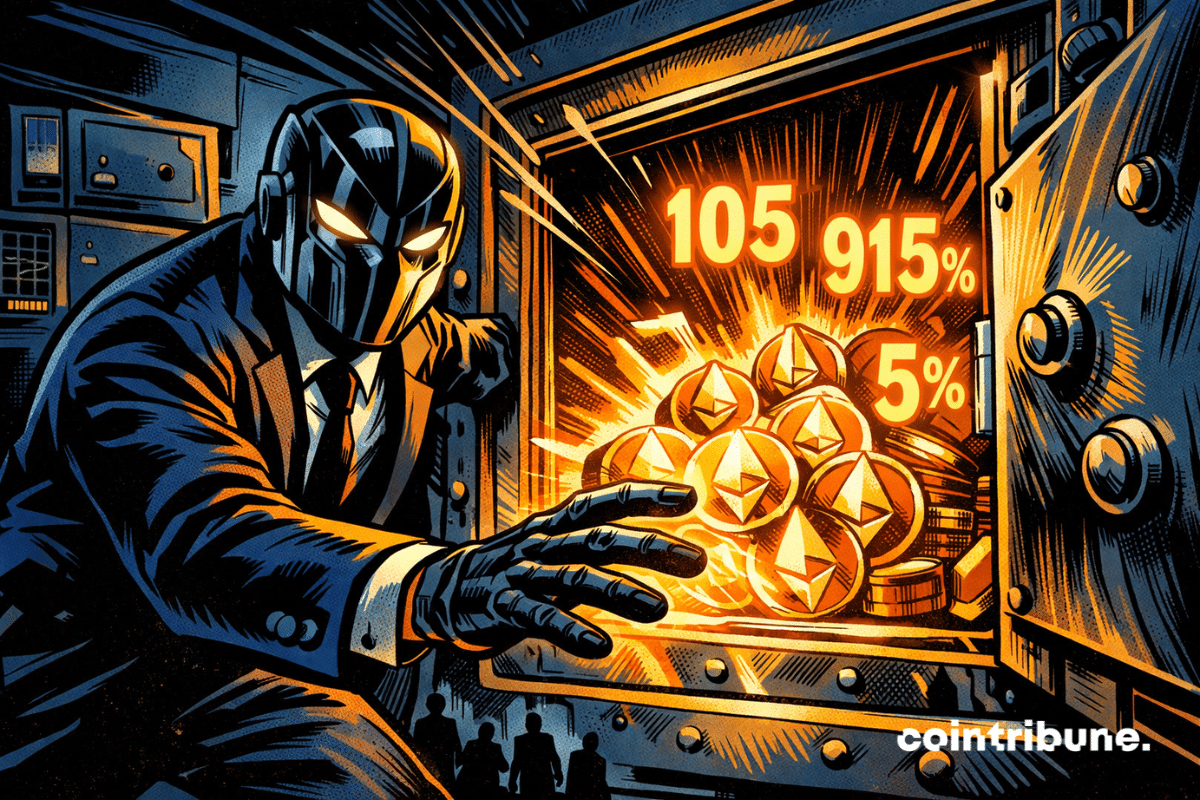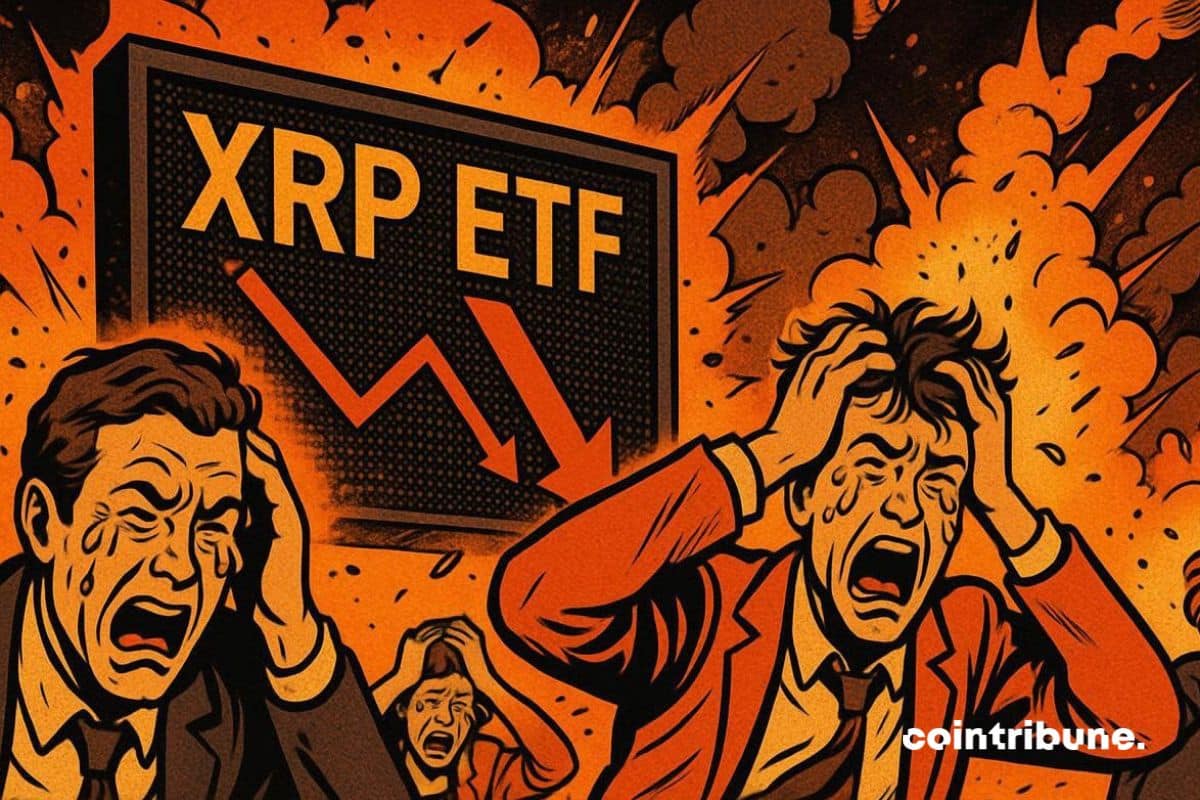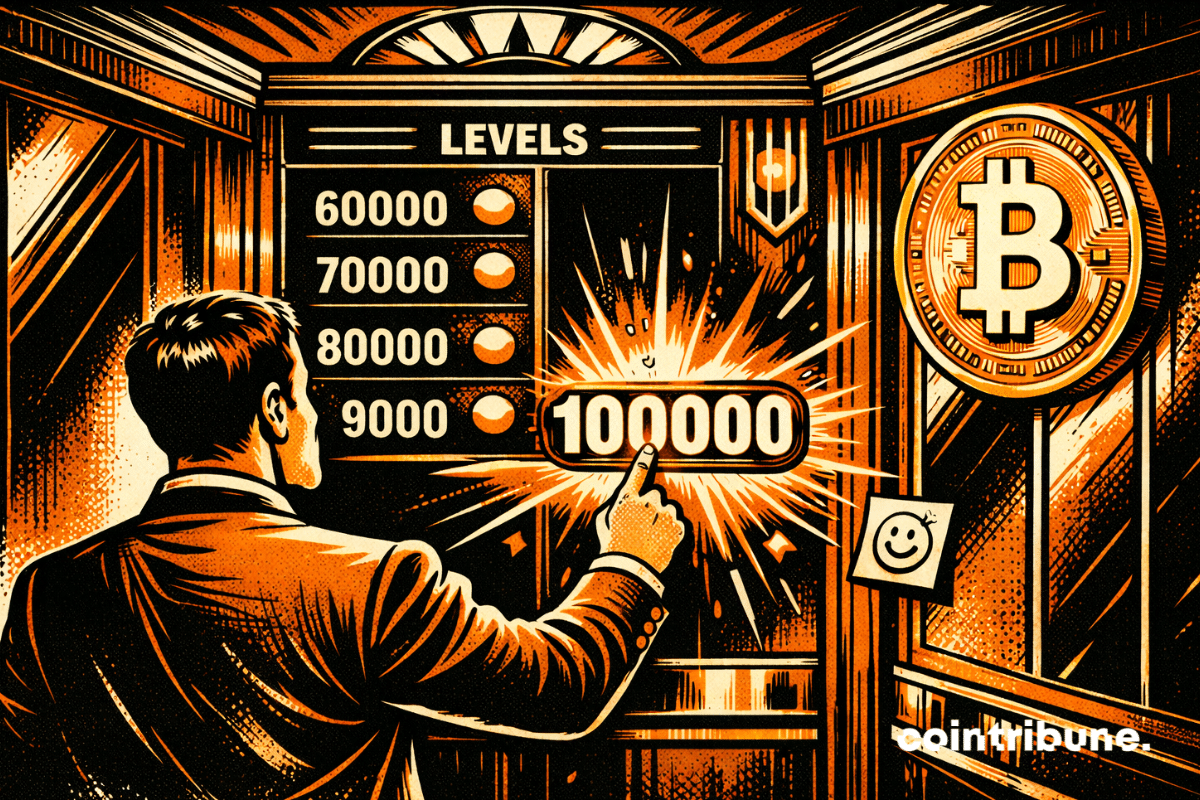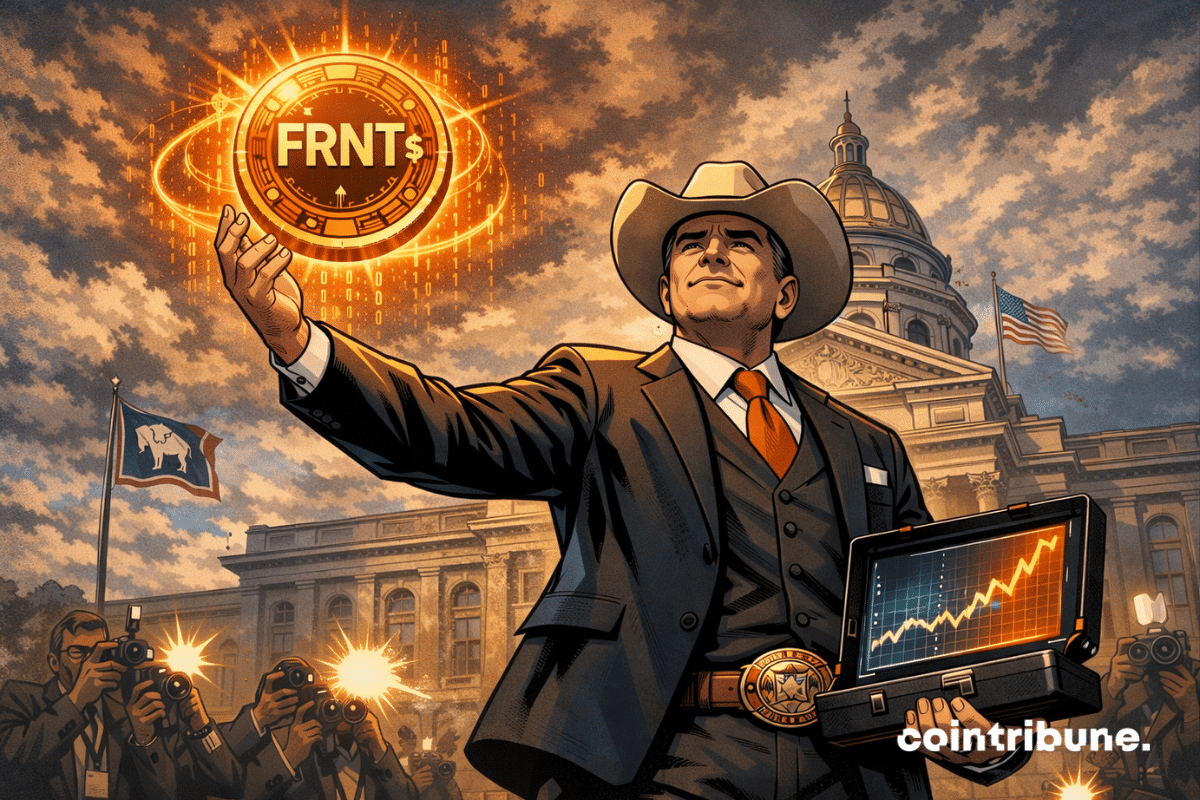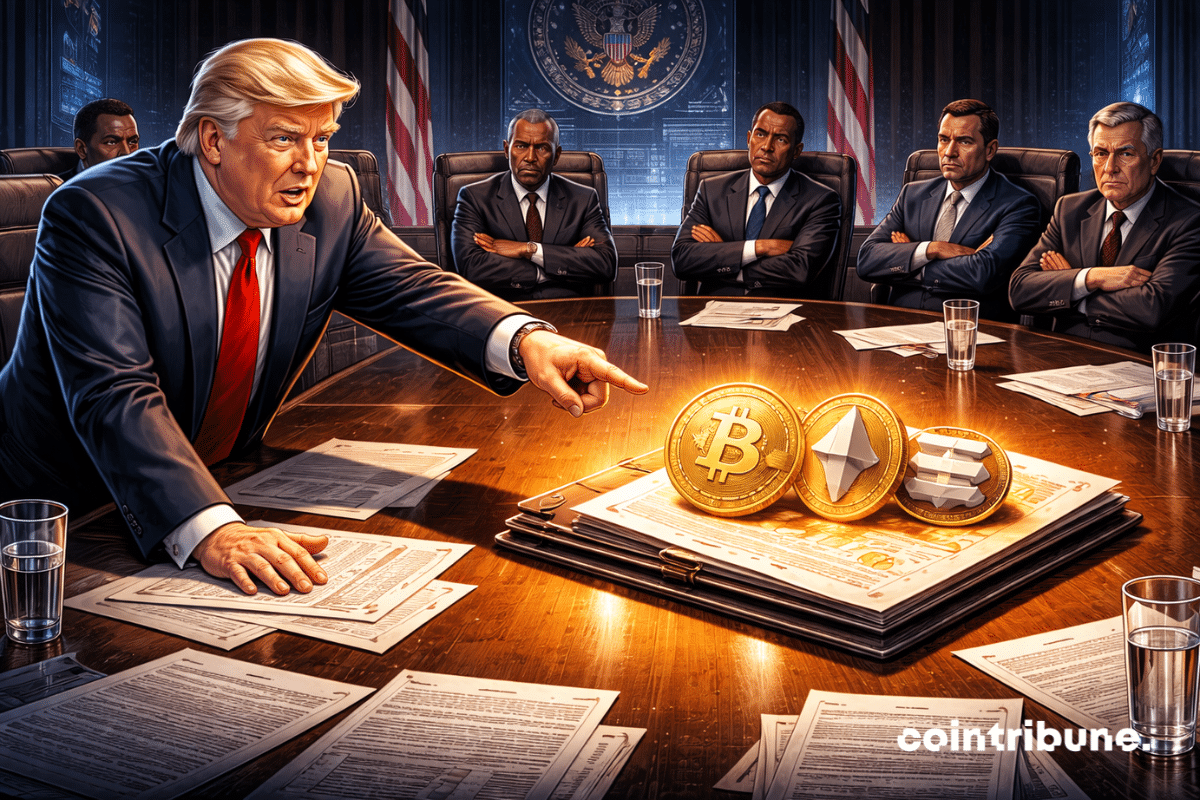Bitcoin is nearing 90,000 dollars, but the main action is happening elsewhere. While ETFs suffer massive outflows, institutional investors are beginning a strategic repositioning. This double movement, discreet but structuring, reveals a market in transition, where capital flows no longer respond solely to price logic. Behind the apparent euphoria, a rigorous selection of assets is taking place, a sign of a new maturity in the crypto ecosystem.
Solana is changing its status. Long perceived as a fast alternative to Ethereum, the blockchain now attracts leading institutional investors. This rise comes as the network consolidates its technical fundamentals. The accumulation of SOL by specialized funds fuels a new dynamic, at the crossroads of real uses and financial flows. At the start of this year, Solana no longer just promises: it establishes itself as a structuring player in the ecosystem.
While the US Supreme Court plays the role of economic arbitrator, Bitcoin itself meditates at $90,000, like a tired crypto king waiting for a judge to revive its digital crown.
The crypto sector, already weakened by tax issues and complex regulation, faces a new threat: the leak of sensitive data. An investigation in France reveals that a tax agent allegedly exposed private information about crypto owners. This revelation raises concerns about the security of tax data and the increased risk of physical attacks against investors. Such a scandal highlights the vulnerabilities of a system meant to protect citizens' confidentiality.
At the beginning of 2026, memecoins establish themselves as the stars of the crypto market. PEPE, Dogecoin and Shiba Inu record spectacular gains, driven by massive whale accumulations and short position liquidations. This spectacular rebound, marked by a 20% increase in the sector's capitalization in a few days, raises questions: is it a simple technical rebound or the start of a new memecoin season?
Rising global sanctions and increased state involvement drove illicit cryptocurrency activity to record levels in 2025. Data indicates that sanctioned entities were the primary source of these flows, even though illegal use continued to account for only a small portion of total crypto transactions. Analysts describe the shift as a response to mounting geopolitical pressure rather than a breakdown in compliance.
Bitcoin's price has been stuck in a narrow range as capital flow slows, leading to a period of consolidation. Experts predict continued sideways movement until market conditions shift.
Iran now offers to sell advanced weapons systems to foreign governments in exchange for cryptos. These include ballistic missiles, armed drones, and warships. Iran aims to bypass Western financial controls and maintain its military exports despite sanctions.
In Manosque, France, a woman experienced a true nightmare: kidnapped and assaulted at gunpoint for cryptos. This shocking news story reveals an alarming trend, criminals increasingly targeting holders of digital assets. Why this violence and how to protect yourself? The investigation and answers in this article.
Donald Trump has refused to grant a pardon to Sam Bankman-Fried, the former CEO of FTX, involved in one of the biggest scandals in crypto history. This decision, far from anecdotal, raises questions about the balance between politics and the crypto industry. It also raises issues about sector regulation and the future of executives accused of fraud, in a context where investor and regulator confidence is already weakened.
Morgan Stanley has never been the type to chase trends. So when the bank announces a digital asset wallet, designed for crypto but also for tokenized real-world assets (RWA), the signal is clear. Wall Street no longer just wants to “tolerate” the sector, it wants to hold the keys. According to Barron’s, this digital wallet is expected to launch in 2026 and aim, from the start, at a hybrid mix: crypto on one side, real-world assets (stocks, bonds, real estate) on the other.
Bitcoin, born as a decentralized currency, could become a key player in the global economy by 2050. According to a study by VanEck, one of the leading crypto asset managers, the value of bitcoin could reach 2.9 million dollars as it establishes itself as a settlement currency in international trade and as a reserve for central banks. This bold scenario raises questions about the future of traditional currencies and bitcoin's place in the global financial system.
Nexo reinvents itself and announces zero interest crypto loans. The crypto finance market finally seems to turn the page on post-FTX chaos. Beware of getting too excited.
While the crypto industry is multiplying IPOs to gain legitimacy, Ripple opts for a different path. Against all odds, its president Monica Long has dismissed any IPO, despite a valuation of 40 billion dollars and the end of the showdown with the SEC. Thus, contrary to the signals sent to the market, this refusal marks a clear intention: to remain independent in order to better control its growth and governance, while consolidating its status in a rapidly changing regulatory landscape.
Crypto in orbit? Not so fast! Three grains of sand could well jam the rocket... What if Wall Street or the US Congress hit pause?
Stablecoins are booming in institutional crypto. Moody’s announces a major turning point to watch in finance in 2026.
BitMine restarts the race to Ethereum with $105M in cash and an explosive treasury of $915M. All the details here!
Solana Mobile has confirmed plans to distribute its new ecosystem token, SKR, through an airdrop scheduled for January 20. Distribution will target second-generation Seeker smartphone users and developers building apps for the device. Earlier Saga phone owners will not qualify, marking a shift toward the newer hardware.
On January 7, 2026, XRP ETFs broke their 36-day streak of net inflows with $40.8 million in outflows. A strong signal for the crypto market, as Bitcoin and Ethereum face similar flows. Why this reversal? Analysis of causes, players, and consequences for investors.
Chen Zhi, mastermind of a historic crypto scam, has just been arrested after stealing 12 billion dollars in bitcoins. Between forced labor and "pig butchering," his network manipulated thousands of victims. Discover the key figures, the methods used, and why bitcoin remains the preferred asset of fraudsters.
Options traders are betting big: Bitcoin could target $100,000 as soon as this month. Complete analysis in this article.
Wyoming has just issued FRNT, the Frontier Stable Token, and it is a strong signal for the American crypto sphere: for the first time, a state issues a "public" stablecoin, backed by reserves managed within a legal framework. The token is now accessible to the general public, with a launch officialized from Cheyenne and a first access ramp via Kraken.
The political shift in 2026 could disrupt much more than the White House. For the crypto industry, the fragile balance between executive power and pro-innovation legislative support achieved under Trump is already threatened. Ray Dalio sounds the alarm: the upcoming midterm elections could overturn the majority in Congress and slow the American crypto agenda. Amid political uncertainty and economic pressures, a new cycle of regulatory instability seems to be emerging.
Beneath its capricious star appearance, bitcoin hesitates, retreats, but watches for the perfect moment to bounce back better… What if the whales know something we don’t?
Bitcoin ended 2025 down 6.36%. A modest performance, but enough to revive a statistical pattern observed for nearly a decade. After every negative year, the crypto has systematically rebounded. As 2026 begins, this statistical regularity intrigues. Can past data still guide the market's future?
